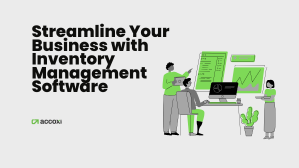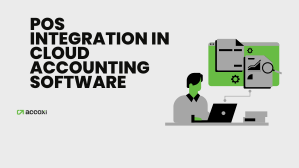

April 12, 2021

GST payments denote the payments of good and services taxes which is paid for the transaction of goods and services within the country for domestic consumption. As we look into the payments, it's essential to touch upon GST refunds, which means that if a taxpayer pays more than his tax liability, he could reclaim the remaining payment as a refund.
There are mainly three categories of tax to be paid as GST payments: IGST, CGST, and SGST.
In addition to IGST, CGST, and SGST, a taxpayer is required to pay TDS ( Tax Deducted at Source) and TCS ( Tax Collected at Source ).
For example, if an employer is supposed to pay the salary to his employee which exceeds a limit. The employee could get his salary amount after deducting TDS if the salary exceeds a limit.
The total GST payment is calculated by deducting tax credit from outward tax liability. Besides, TCS/ TDS would be reckoned to ascertain a final figure.
It should be borne in mind that Input Tax Credit or ITC cannot be claimed for interest and fees paid overdue and the same has to be paid in liquid too.
The GST payment calculation is made according to the type of dealers. Mainly there are two types of dealers .i.e. Regular and composition dealers.
A regular dealer is to pay GST on his outward supply and he could claim ITC on his purchases. Whereas, a fixed percentage of GST is required to be paid by the composition dealer as per the composition scheme. Here, GST payment is also based on the mode of business of a composition leader. In the case of a manufacturer or traders, the total GST rate according to the composition scheme is 1% i.e. 0.5% for CGST and 0.5% for SGST.
The total rate for a restaurant that does not serve alcohol is 5%, as in the above-mentioned case, 2.5% for CGST, and 2.5% for SGST.
Dealers to be paid GST payment:
GST payment should be made within a month .i.e. 20th of the next month is the period for the GST payment as it is to be done when the GSTR3 is filled.
Electronic ledgers help a taxpayer to track his tax liabilities in the GST portal. There are three types of electronic ledgers as Electronic Liability ledger, Electronic credit ledger, and Electronic Cash ledger.
GST payment could be processed either through a credit ledger or cash ledger. As Input Tax Credit available with the credit ledger could be used by the taxpayers for their GST payment except for interest, penalty, and late fees.
The GST via cash ledger could be paid either online or offline. Whether online or offline, a challan generated on the GST portal regarding the payment is required and if the taxpayer’s liability of payment is above 10,000, it could be processed only through online mode. Let us now examine how to Pay GST Payment Online?
| Steps | Details |
| Step 1 | A registered taxpayer can log in to his account via the official GST website. |
| Step 2 | After logging in successfully, click on the payment section which could be seen under the service head. From there choose to create challan. |
| Step 3 | While creating the challan, you enter every amount in the required space. Then proceed to the payment method. |
| Step 4 | After filling in all the particulars such as CGST, IGST, CESS, etc, you proceed to the ‘generate challan ‘ option. Unless you are sure about the details which you entered you could click the save option to retain it for future use and make adequate changes. . But hit the ‘generate challan’ option only after you are confirmed of not having any edits. |
| Step 5 | After hitting the ‘ generate challan’ option, you could proceed directly to the GST payment. Then you can either choose direct payment via your nearest bank branch or online payment using net banking, debit card/ credit card or simply through NEFT/RTGS. |
| Step 6 | No matter whatever payment mode you rely on, you have to generate the payment receipt or final challan after your GST payment. Keep the copy of the receipt as proof. |
It is to be noted that the penalty would be imposed for non-payment or delayed payment of GST accordingly.
As it comes to the late payment, a particular percentage of interest would be imposed accordingly.
You are liable to claim a refund if you pay more than you are ought to pay. Standard procedures are there to claim a refund.
There are multiple occasions on which you could make your claim for a refund and the GST refund process would be followed accordingly. As per the GST refund rules, Excess payment of GST is the main reason for claiming the refund. In addition to that, the following should be read along with that:
Its undoubtedly clear that the excess GST payment would be refunded. For instance, Your GST Payment is 1 lakh and you paid 1.25 lakh by mistake. Then you could claim a refund of 25K and that would be refunded within 2 years from the GST payment due date.
Two years from the date of payment is the GST refund process time limit In addition to the refund, the interest could be paid accordingly. Besides, valid dates vary in every case.
The process of getting a refund under GST and GST refund rules is much easier than you think. You just need to fill Form RFD 01 within 2 years from the paid date and it should be accorded by a Chartered Accountant.




